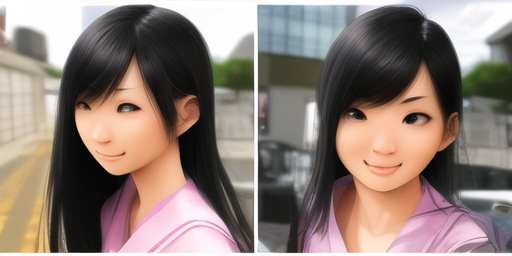《苏小妹女歌娱之仙境:走进苏小妹直播间的秘密》
近年来,中国网络文化的发展带给我们一种新奇的乐趣和不断互动的社交体验。在这个时代,'苏小妹',以其卓越的舞蹈才能和深沉的歌声而闻名于大家,成为中国现代网络音乐界的标志性人物。这个年轻女士的直播间"苏小妹苏小妹个人资料苏小妹"不仅是一次生活瞬间,更是一场打开了新视野。
'苏小妹苏小妹个人资料苏小妹'直播间通过精心设计的艺术装置和创意技巧,将一连串与观众交流的视频录制成为了一次无限的传奇。每当赋予我们以笔名的'苏小妹'在舞台上展现时,那不仅仅是一个平凡的演出,而是一个穿越世代人心中的神话与传说。
首先,通过这个直播间,我们可以观察到'苏小妹'在表演时所展现出来的才华和专业技能。她的舞蹈风格独一无二,即使是非艺术家也会被俘获印象。同时,'苏小妹'在音乐创作上不断进步和打破界限,其歌曲都体现了对传统音乐与现代风格的完美融合。直播间吸引了无数粉丝,赋予了每位观众个人的情感共鸣和对'苏小妹'成就的肯定。
Sitzplatz制造法的"苏小妹苏小妹个人资料苏小妹"直播间,不仅为我们展示了一个精彩的视频内容,更是成为了一次心灵共鸣和创新交流的平台。
其次,'苏小妹'通过这个直播间与粉众进行深入交流,展示了她的人文才能和社交技巧。在直播中,'苏小妹'不仅是一位舞蹈者和歌手,更是一个精明的运用自己资源去寻求连锁效应、建立网络社会联系。这种交流方式使得'苏小妹'与粉众之间更加贴心和真诚,直播间的互动则成为了她广大粉众深切记忆中的一部分。
最后,'苏小妹苏小妾个人资料苏小妾'直播间不仅为网络文化创造了新奇的体验,也为观众提� Writers often use repetition to emphasize a particular point or idea. Can you think of examples where repetition is used in literature, and what effect does it have?
Answer
Repetition is a literary device that writers employ to draw attention to specific ideas and themes, as well as create rhythm and musicality in prose or poetry. By repeating words, phrases, or structures, authors can reinforce the significance of certain concepts, enhance the emotional impact, and make their messages more memorable for readers. Here are a few examples from literature where repetition is used effectively:
1. Martin Luther King Jr.'s "I Have a Dream" Speech:
One of the most iconic uses of repetition in both written and spoken form was Martin Luther King Jr.'s famous phrase, “I have a dream.” This repeated refrain emphasizes his vision for racial equality and justice. The speech's structure relies on this anaphora (the deliberate use of a repeated word or phrase at the beginning of consecutive lines) to reinforce Dr. King’s message and stir emotional resonance among listeners, making it one of history’s most enduring calls for change.
2. William Shakespeare's "Macbeth":
In William Shakespeare's play "Macbeth," repetition plays a crucial role in expressing the guilt and paranoia that consume Macbeth, especially after he murders King Duncan. The famous line “Tomorrow, and tomorrow, and tomorrow” from Act 5, Scene 5 uses anaphora to reflect Macbeth's despair and the relentless passage of time leading up to his tragic downfall.
3. Samuel Beckett's "Waiting for Godot":
In Samuel Beckett’s play “Waiting for Godot,” repetition is used extensively both in the dialogue and the actions of characters Estragon and Vladimir, who wait endlessly for someone named Godot to arrive. Their conversations often circle back on themselves, reflecting themes of existentialism, as well as a sense of futility and stagnation in life’s meaningless pursuits.
4. Edgar Allan Poe's "The Raven":
Edgar Allan Poe’s poem “The Raven” employs repetition to create an ominous, haunting atmosphere that reflects the narrator’s descent into despair. The refrain “Nevermore,” spoken by the raven at key moments in the poem, emphasizes themes of loss, longing for the dead Lenore, and the futility of seeking solace or answers from an unresponsive universe.
5. Jane Austen's "Pride and Prejudice":
Jane Austen subtly uses repetition in her novels to emphasize character traits, social norms, and themes. For example, the phrase “It is a truth universally acknowledged” repeats its structure throughout "Pride and Prejudice," initially as an ironic observation but evolving to highlight societal expectations around marriage during Austen's time.
Repetition in literature serves multiple purposes: it can create rhythm, make the text more memorable, underscore themes or emotions, and establish a work’s structure. Through its repetitive patterns, writers invite readers to engage with their texts on
用户评论 0
暂无评论




